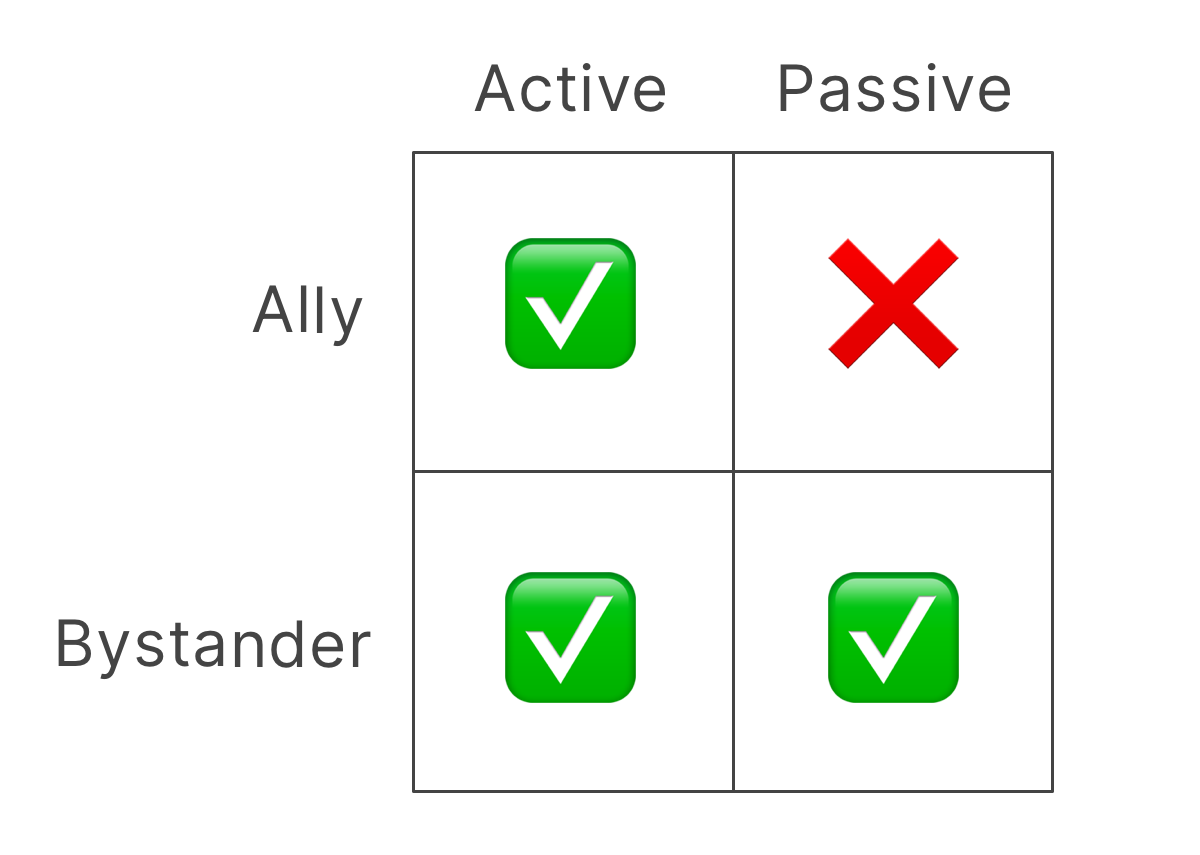More Human
We're not sure exactly when humans mastered fire and started using it to cook. We may have started as far back as 2 million years ago, though cooking likely wasn't widespread until around 200,000 BCE.
But we do know that cooking increased the calories we got from our food, and those calories likely fueled the evolution of our brains, turning us into Earth's most intelligent creatures.
This is widely considered one of our greatest accomplishments. Fire — and technology as a whole — is a big part of what makes us human.
But learning to control fire also exposed us to the dangers of fire. Without proper precautions, knocking over a single candle can level entire neighborhoods.
Every new technological advance since fire has come with its own benefits and risks. And with each invention, we've reoriented our societies around that advance to minimize the downsides and better leverage the upsides. We owe much of our modern existence to things like building codes, nuclear treaties, and seat belts — all of which made new technologies safer.
Today, we're on the cusp of what may become one of the most significant technologies we've ever created: artificial intelligence.
Google CEO Sundar Pichai told the World Economic Forum last year, "Al is one of the most profound things we're working on as humanity. It's more profound than fire or electricity."
We don't know yet what risks AI will bring. If it ever reaches human levels of intelligence, AI may be capable of improving itself. And because computers can work much faster than us, a human-level AI might be able to transform itself into something much smarter than us virtually overnight.
What happens when an entity at least as smart as us, but without the same rationality and ethics that we take for granted in humans, becomes ubiquitous? And how will we navigate a world where we are no longer the smartest beings?
That world is fast approaching: Computers are already better than us at games like Chess and Go, and GPT-4 scores in the top 15% on many standardized exams.
History tells us that we'll continue to adjust and find ways to offset the risks. If Pichai's promise holds true — that AI will be more profound than fire — it will help us unlock the universe's secrets, generating new knowledge at an unprecedented scale and unleashing our creativity as a species.
It will make us smarter. And more human.





